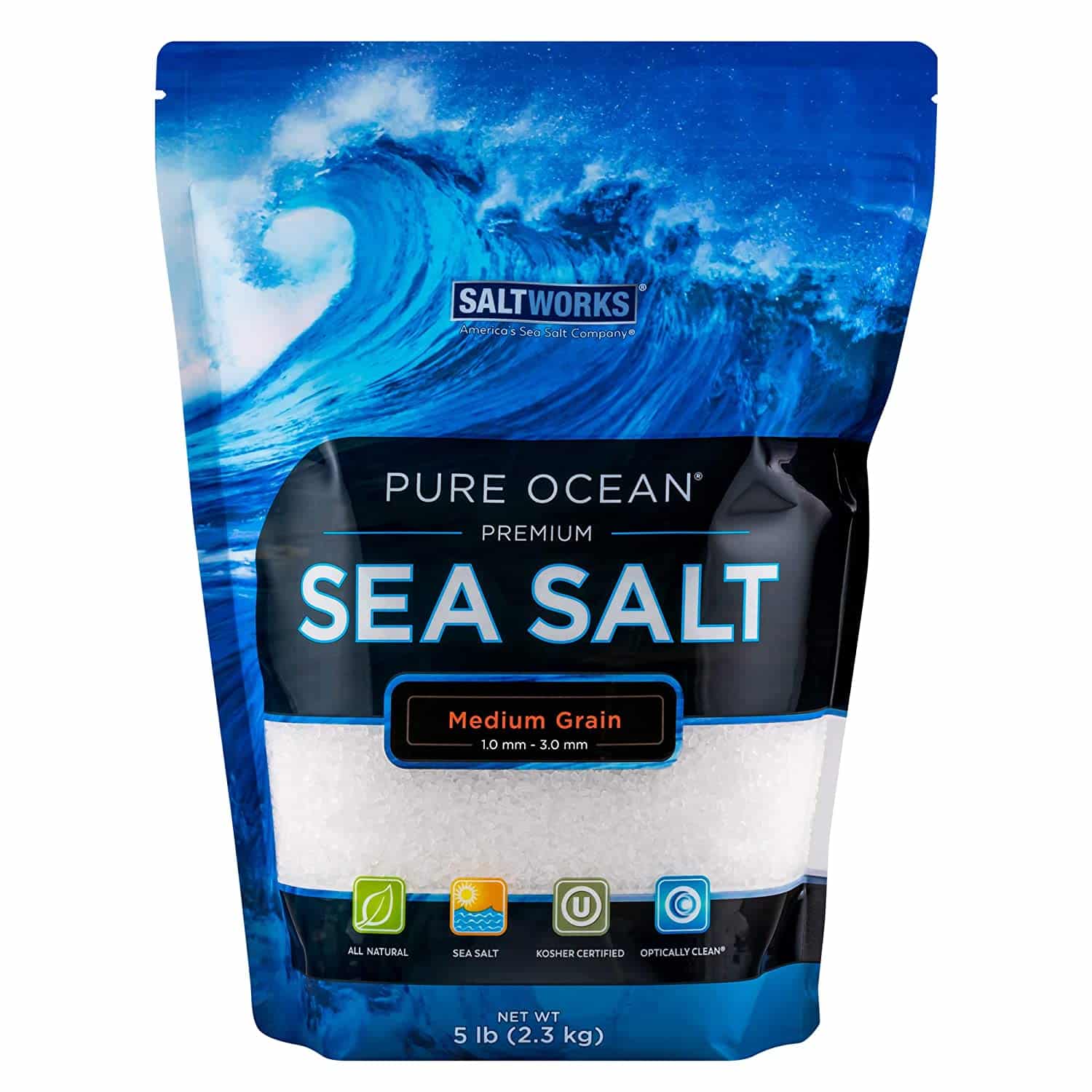
When it comes to pickling, salt is an essential ingredient. It helps to preserve the vegetables and fruits and brings out their natural flavors. But what if you don't have pickling salt on hand? Can you use sea salt instead? In this article, we'll explore the differences between pickling salt and sea salt and whether you can substitute one for the other.
What is Pickling Salt?

Pickling salt is a type of salt that is specifically designed for pickling. It is a fine-grained salt that dissolves easily in water and does not contain any additives like iodine or anti-caking agents. The lack of these additives helps to ensure that the pickling liquid remains clear and doesn't discolor the vegetables or fruits.
What is Sea Salt?

Sea salt is a type of salt that is produced by evaporating seawater. It contains minerals like magnesium, potassium, and calcium, which give it a slightly different flavor profile than regular table salt. Sea salt comes in different textures, from fine to coarse, and can be used in a variety of dishes.
Can You Substitute Sea Salt for Pickling Salt?

If you don't have pickling salt on hand, you may be wondering if you can use sea salt instead. The short answer is yes, you can use sea salt, but there are some things to keep in mind.
Firstly, the texture of sea salt may be different than pickling salt. Pickling salt is fine-grained, which means it dissolves easily in water. Sea salt, on the other hand, may be more coarse, which means it may not dissolve as easily. This can affect the texture of your pickles, as the salt may not distribute evenly throughout the liquid.
Secondly, sea salt may contain minerals that can affect the flavor of your pickles. While some people may prefer the slightly different flavor profile that sea salt provides, others may find it too overpowering. If you do decide to use sea salt, it's important to taste your pickling liquid to make sure it has the right balance of flavors.
How Much Salt Should You Use?

Whether you're using pickling salt or sea salt, it's important to measure the salt accurately. Using too little salt can lead to spoilage, while using too much salt can make your pickles too salty.
The general rule of thumb is to use about 3 tablespoons of salt per quart of water. However, this may vary depending on the recipe you're using. It's always a good idea to follow the recipe's instructions for the best results.
Conclusion
While pickling salt is specifically designed for pickling, you can substitute sea salt in a pinch. However, it's important to keep in mind that the texture and flavor may be different, and you may need to adjust the amount of salt you use. By following these tips, you can create delicious pickles using either pickling salt or sea salt.